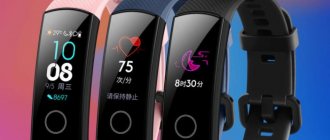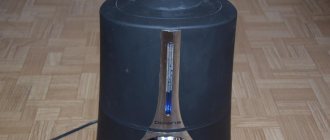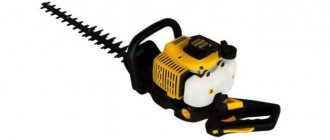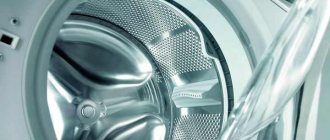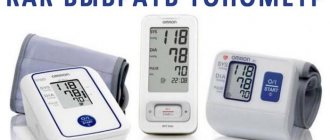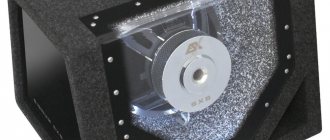Often a person learns about health problems only when the disease has already seriously undermined the body. This usually happens with the development of pathology of the respiratory system. Intensified treatment begins and, alas, is not always successful.
If the symptoms of the disease are obvious at an early stage of its development, then stopping the problem is much easier and safer. Modern medical technology makes it possible to identify signs of hypoxia even before laboratory tests are performed. For example, a pulse oximeter is an excellent monitor of oxygen levels in the blood.
The editors of the YaNashla website will tell you how to choose the right electronic meter and what popular models can be found in the online store. We will present to your attention a review of the best pulse oximeter models in 2021.
Important to remember
- When taking measurements, you need to ensure that the sensor is securely fastened to your finger and that there is no excessive pressure;
- The fingernail must be clean, without varnish;
- From time to time, the pulse oximeter may operate with errors, for example, during measurements, pulse and saturation indicators change within a very wide range. Therefore, for reliability, we recommend taking 2-3 measurements during each check;
- The pulse oximeter is sensitive to bright external light and shaking (it is not recommended to move during measurement);
- During physical activity, a slight change in the level of oxygen in the blood from normal levels to a lesser extent is acceptable;
- Cold fingers may cause inaccurate readings from this device.
Pulse oximeters in the diagnosis of coronavirus COVID-19
As you know, some of the most common symptoms of this disease are:
- Increased fatigue;
- Nasal congestion;
- Sneezing and coughing;
- A sore throat;
- Muscle pain;
- Feeling of heaviness in the chest;
- The appearance of shortness of breath;
- Pallor;
- Fever, chills;
That is, even in the first stages of the disease, problems associated with oxygen saturation of the body (shortness of breath, pallor) are observed. To determine these symptoms of the virus, you need a pulse oximeter. In addition, these are the symptoms that distinguish COVID-19 from ordinary ARVI (in the early stages of the disease).
Therefore, as soon as the oxygen level in your blood begins to decrease, the pulse oximeter will absolutely be able to record this trend and you will have another reason to turn to specialists.
Remember that this is just one of the symptoms that are observed in those infected with coronavirus. If you experience a drop in SpO2 in your blood, this does not mean that you are suffering from COVID-19, but it absolutely means that you need to see a doctor.
It should also be mentioned that during an epidemic, it is not recommended to go to the clinic on your own. Therefore, if you detect a set of symptoms characteristic of coronavirus, it is best to call an ambulance at home.
What does a pulse oximeter measure and what is it used for?
Its main purpose and only function is to measure the saturation of hemoglobin in arterial capillary blood with oxygen or, in a word, saturation.
Simply put, a pulse oximeter measures the oxygen level in your blood as a percentage.
The main function of the circulatory system is to saturate all human organs with oxygen. Oxygen is delivered by blood cells called red blood cells. Each such cell contains about a million molecules of hemoglobin (iron-containing protein).
Each molecule of hemoglobin in the blood can attach 4 molecules of oxygen. Depending on how saturated the blood is with oxygen molecules, its color changes. When saturation is about 100%, the color becomes brighter and vice versa, in unsaturated blood the color is darker. The pulse oximeter determines saturation by the color of the blood in the capillaries.
The norm is a saturation level of 95-100%; if lower, it is recommended to consult a doctor. If the oxygen level drops below 93%, you can already sound the alarm, since at such levels you may need additional oxygen for breathing.
Using a pulse oximeter you can identify such a dangerous condition as hypoxia
- reduced oxygen content in the body. Hypoxia occurs when there is a lack of oxygen in the air inhaled by the body or when tissue respiration is impaired.
A pulse oximeter is one of the essential diagnostic instruments in the arsenal of any doctor. It can be used both for a standard procedure for assessing the functions of the respiratory system, and for continuous monitoring of patients with chronic lung diseases, sarcoidosis, tuberculosis, etc. Many doctors advise having one in your home medicine cabinet, regardless of whether you have problems with the respiratory system.

